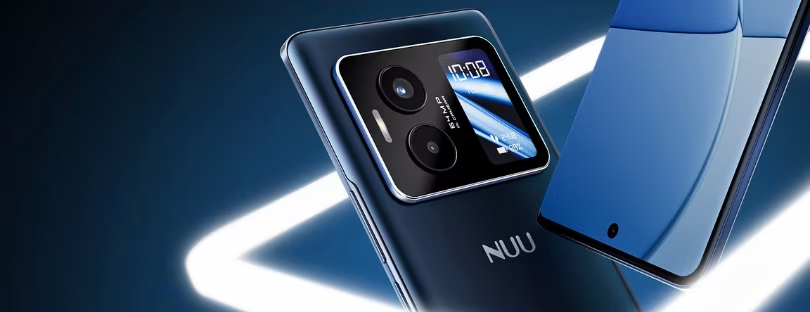
Apple Watch Heart Health Monitoring Expands to Europe & Hong Kong
The ECG app on Apple Watch Series 4, a direct-to-consumer product that enables customers to take an electrocardiogram right from their wrist, is available in Hong Kong and 19 European countries, including France, Germany, Italy, Spain, and the United Kingdom.
In addition to receiving De Novo clearance in the US from the FDA, the ECG app and irregular rhythm notification are now CE-marked and cleared in the European Economic Area.
Part of the free watchOS 5.2 software update, the ECG app can capture heart rhythm on demand in a moment when users experience symptoms such as a rapid or skipped heartbeat and help provide clinically important data to physicians. The irregular rhythm notification feature on Apple Watch occasionally checks heart rhythm in the background and sends a notification if an irregular heart rhythm that appears to be atrial fibrillation (AFib) is identified.
The ECG app and irregular rhythm notification feature can alert users to signs of AFib. Left untreated, AFib is one of the leading conditions that can result in stroke, the second most common cause of death around the world.
“We’ve seen the ECG app and irregular rhythm notifications on Apple Watch have meaningful impact on our customers across the United States,” said Jeff Williams, Apple’s chief operating officer. “We are excited to bring these features to customers in Europe and Hong Kong, giving them access to empowering information about their heart health.”
ECG App
New electrodes built into the back crystal and Digital Crown on Apple Watch Series 4 work together with the ECG app to enable customers to take an ECG similar to a single-lead electrocardiogram. Taking an ECG recording is as simple as launching the ECG app on Apple Watch Series 4 and touching the Digital Crown, which completes the circuit and allows electrical signals across the user’s heart to be measured. After 30 seconds, the ECG app can classify the user’s heart rhythm as AFib or sinus rhythm.
All recordings, their associated classifications, and any noted symptoms are stored securely in the Health app on iPhone, from which users can share a PDF of the results with physicians.
A clinical trial of around 600 participants found the ECG app on Apple Watch demonstrated 98.3 percent sensitivity in classifying AFib and 99.6 percent specificity in classifying sinus rhythm in classifiable recordings when compared to a gold standard 12-lead ECG administered by a cardiologist. 87.8 percent of recordings in the study could be classified by the ECG app.
Irregular Rhythm Notification
Available on Apple Watch Series 1 or later, the irregular rhythm notification feature will occasionally check the user’s heart rhythm in the background for signs of an irregular heart rhythm using the optical heart sensor. If an irregular rhythm is detected on five rhythm checks over a minimum of 65 minutes, Apple Watch alerts the user with a notification.
The irregular rhythm notification feature was recently studied in the Apple Heart Study. With over 400,000 participants, the Apple Heart Study was the largest screening study on atrial fibrillation ever conducted, and one of the largest cardiovascular trials to date.
Stanford Medicine announces results of unprecedented Apple Heart Study
Stanford Medicine researchers presented their findings today at the American College of Cardiology’s 68th Annual Scientific Session and Expo. Study results showed that 0.5 percent of the over 400,000 participants received an irregular heart rhythm notification, illustrating the feature’s ability to give a user important health information without creating an unnecessary burden to their doctor’s schedule. Many participants sought medical advice following their irregular rhythm notification, using the information to have more meaningful conversations with their doctors.
“As physicians, we are always trying to find ways to offer patients health information that is meaningful to them for individualized care,” said Sumbul Desai, MD, Apple’s vice president of health. “Seeing medical research reflect what we’re hearing from consumers is positive, and we’re excited to see Apple Watch helping even more consumers in the future while collaborating with the medical community to further research.”









